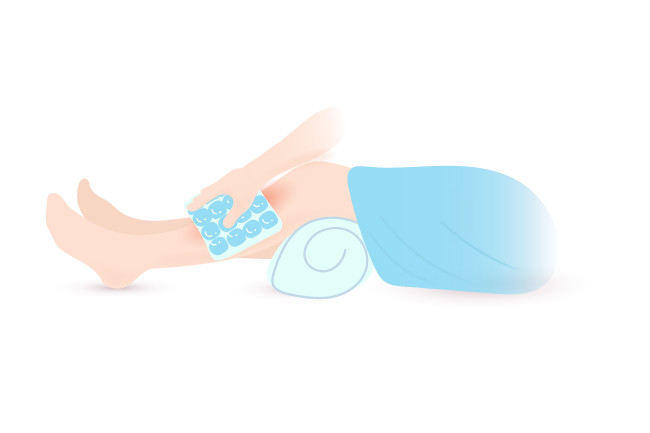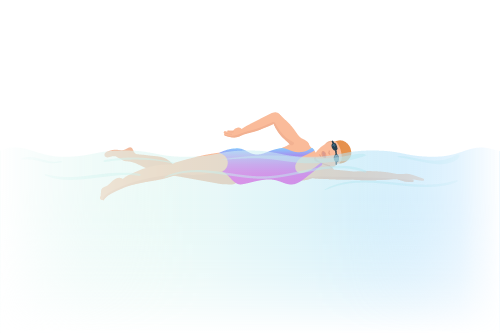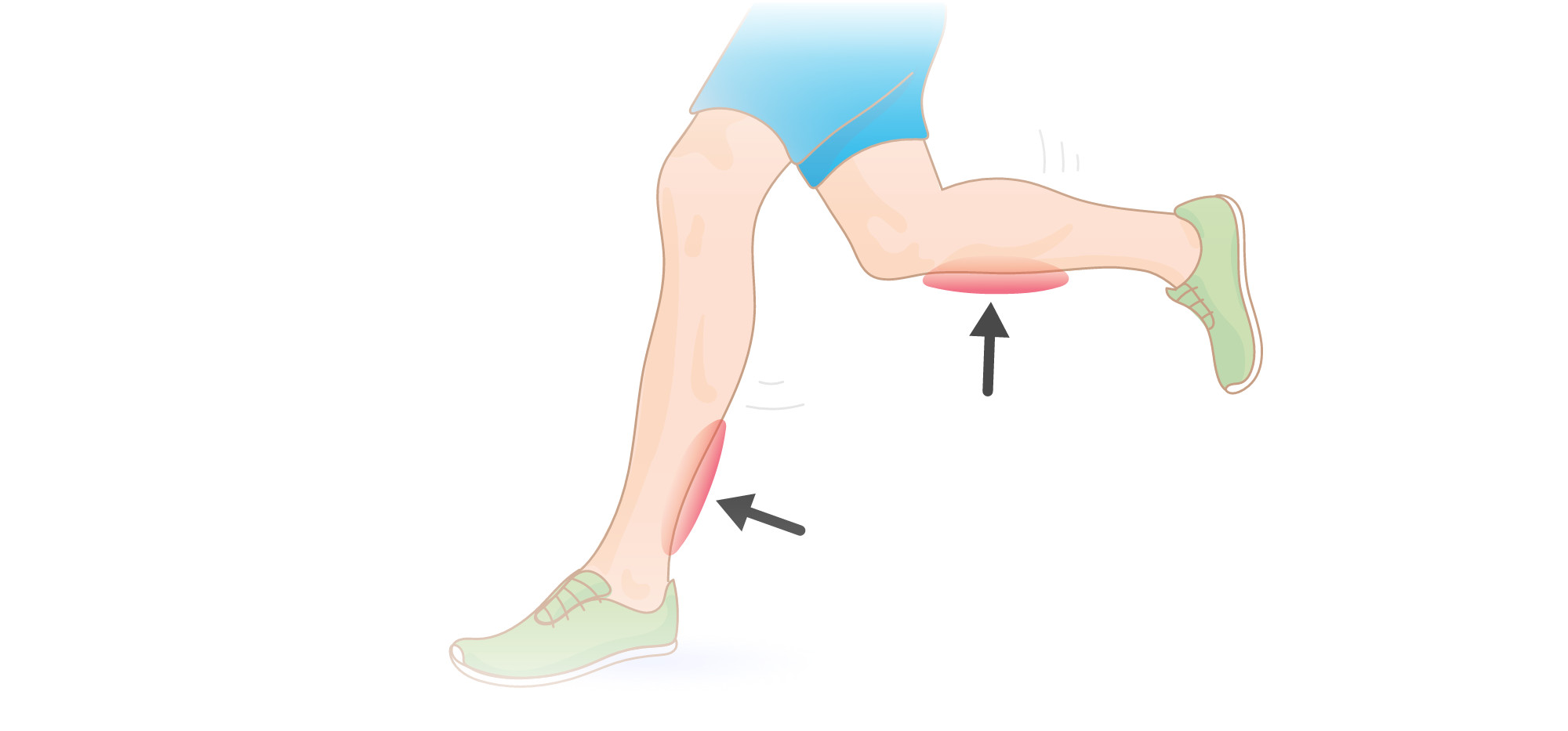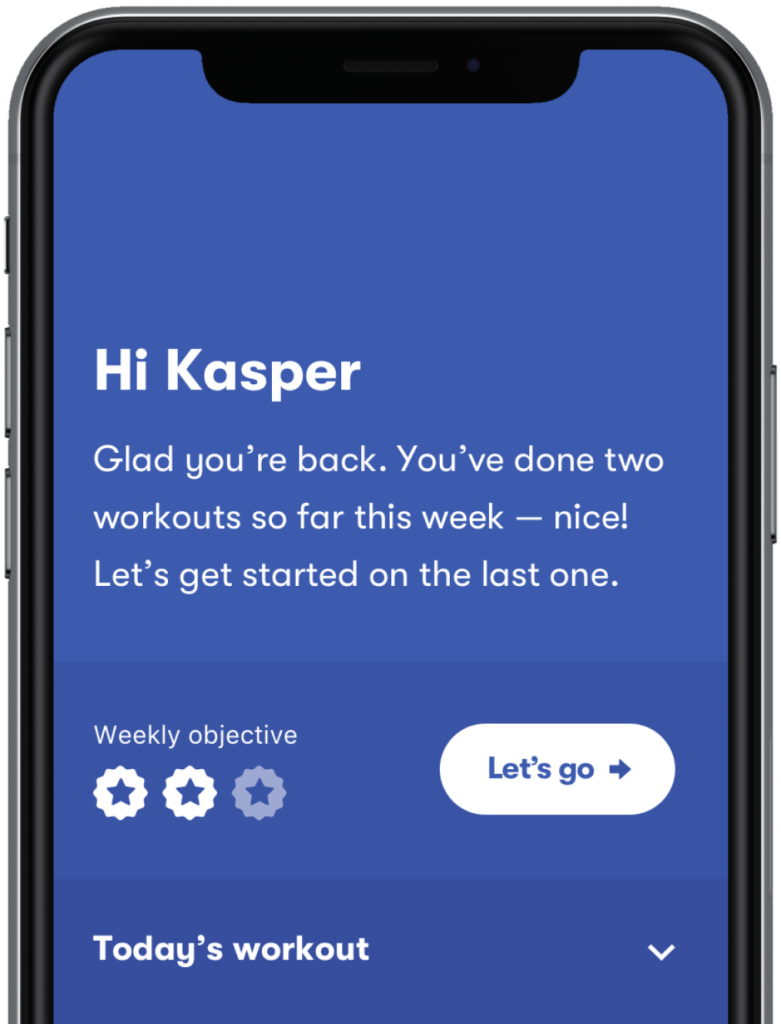If you’ve just started running, only to run into a nagging problem in your lower legs, you’re in good company. Shin splints and tight calves are some of the most common problems plaguing new runners. Even if you’ve been running for a while, you can still be at risk. Especially if you’ve recently returned from an injury.
Undeniably, running is loaded with benefits, like combatting stress, improving cardiovascular health and even shaping up your brain. It’s definitely one of the most convenient and affordable ways to stay active, but what do you do with shin splints now standing in your way?
Help for pain and discomfort from shin splints is at hand. The good news is, it doesn’t have to follow you into your next run or workout. With some easy and simple preventative measures you can avoid pain and get back on the road in no time.
What Are Shin Splints?
The term shin splints, also called medial stress syndrome, refers to pain felt along the sides of the shin bones after physical activity. Inflammation of the tendons, bones and muscles around the shin bone area is at the core of the problem.
The pain is caused by a disruption of the periosteum which is a membrane strongly attached to the bone, from the underlying bone.Inflammation is a normal by-product of exercise. Only when there is a prolonged state of inflammation in your body, such as with shin splints, is this a problem. This can happen when you start a new workout routine or begin running for the first time.
Shin splints often feel like a dull soreness or ache. Occasionally, swelling may also appear. Calf pain also commonly accompanies shin splints. Why? Both of these issues occur from doing too much, too soon or from overtraining. The calf muscle works a lot when you run. It’s your brake and gas pedal. If your body hasn’t had time to adapt to your new exercise or running program, you may overwork these muscles to a point where your body can’t recover fully or quickly enough. This causes your pain or soreness.

When exactly you’ll hit this point depends on many factors: your base level of fitness, genetic factors, age and your training – and resting – routine. Varying your workout or taking rest days can significantly reduce your chances of shin splints. By doing so, you prevent overtraining which is the main problem causing shin and calf pain. Read on for some of the most common causes of shin splints.
Causes of Shin Splints
You are most at risk of shin splints, if you’re a new runner or if you have just returned to running from injury. As mentioned before, overtraining is often the cause of shin splints and sore calves. It’s easy to overdo it when you’re just starting out or have been longing to get back to your normal routine, say, after an injury. Increasing your distance, time or frequency may result in pain in the lower legs. Other factors at play also include:
- Flat Feet or High Arches: If you have these structural variances, you may be more susceptible to shin splints and calf pain.
- Wearing Improper Footwear: The wrong running shoes may increase your risk of developing shin splints and sore calves. Make sure you invest in a pair of shoes that is appropriate for the type of running you participate in.
- Uneven Terrain: Uneven or hard surfaces may place additional stress on your calves and shins. Ultimately, this may lead to pain or injury.
Less common causes of shin splints further include:
- Stress Fracture: The constant pounding of the pavement and the consistent stress placed on your bones may cause tiny fractures to occur. This may cause pain in your shins.
- Weak Ankles, Core, or Hip Muscles: Muscle imbalances and weaknesses may create additional stress on your shins. In this case, diving headfirst into a new training program or starting exercise for the first time are frequently the culprits.
- Not Performing a Proper Cooldown or Warm-Up: If you don’t prepare your body for exercise or perform proper stretches afterward, you may be setting yourself up for pain and injury, including shin splints.
Treating Shin Splints
Rest is highly recommended and is your primary way of winding down that pain and discomfort. If you want to continue exercising, low-impact activities, are your best bet. You could try swimming or cycling, for example. They are less likely to cause pain. This way you can keep up with your fitness level and avoid deconditioning.
Any activity causing pain or placing stress on already aggravated joints or affected areas must be discontinued. This is an important point, as your body cannot recover, if you keep stressing the already injured area. In addition, make sure the pain has fully subsided before you begin running again. Running through the pain may cause future discomfort and can really make your situation worse in the long run. If you take early preventative action, you are less likely to have a fall-out forcing you to take further time off down the track. Early, appropriate action is the best approach. Shift your focus to exercises you can do without any pain.
Ice is an effective method to treat sore shins. It can help reduce both swelling and discomfort of the affected muscles and tissues. Apply a cold device for 10 to 20 minutes at a time or as needed. Do not exceed 20 minutes and ensure you place a wet cloth between the ice and your skin.

Foam rolling your calf may also alleviate tightness and pain. It increases blood flow to the tissue and can help smooth out muscle knots causing pain. Similarly, stretching the calf and the muscles and tissues around the shin may reduce soreness, tension and pain.
Over-the-counter pain medications, such as ibuprofen and naproxen, can help your pain and discomfort. You should be careful not to use these for longer than 10 – 14 days. Various side effects could occur, including gastrointestinal discomfort.
If your pain persists or becomes severe, book a consultation with your doctor. They can assess you and diagnose the problem. You’ll receive a more comprehensive treatment plan and underlying problems can be ruled out.
Preventing Shin Splints
Prevention is always the best medicine. If you can prevent an injury before it happens, you won’t have to worry about treatment or time away from your sport or activity. So, what are some preventative measures you can take to prevent aching shins and sore calves?
1. Invest in proper footwear
Ensuring you have proper footwear before taking on a run is a must to help save your calves and shins. In addition, the right footwear prevents various other injuries and pain that can arise from the repetitive movement involved in running.
2. Perform a warm-up and cooldown
Before your next run, warm up by performing dynamic stretches. Try lunges, air squats, leg swings and other movements. These will get the blood pumping to your joints and muscles, prepping your body for exercise.
Stretch at the end of your run. Do a quad stretch, calf stretch, hamstring stretch, glute stretch, adductor stretch and IT band stretch. You can find many of these exercises on Injurymap, as well as a description and video demonstration on how to perform them. In addition, foam rolling may also help alleviate muscle soreness, particularly after a long or very tough run.
3. Cross-train
If you want to improve your overall endurance, mixing up your cardio activities can help. Cycling, swimming or other low impact activities can still improve your cardiovascular system’s performance. Cross-training also gives your joints a break – particularly your knees.


Mix it up. Instead of going for a run four times a week, try going twice with two cross-training sessions. At Injurymap, our programs are designed for what’s called periodisation. We give you appropriate breaks. Strength and range of motion training is introduced in phases. This allows for gradual progressions and gives your body time to adapt.
4. Gradually increase your distance, time or frequency
Go slow. You won’t be able to run 10 kilometers overnight. You have to slowly build. This will take time. Allow time for your body to adapt. Increase the parameters of your workout or run gradually over time.
5. Hydrate and fuel your body
Calf cramps and injuries are more common when you haven’t properly fuelled or hydrated your body. Your muscles need the correct balance of nutrients and minerals to function optimally. Make sure you fuel your body before and after your workout, as well as consume a reasonable amount of water before, during and after each workout.
6. Perform regular strength training
Strength training is an excellent choice to supplement a running program. It can help add power to your run, as well as prevent aches and pains. Target the calves, quads, hamstrings, glutes, and other muscles in the lower legs to prevent future injury. By increasing strength, you give your joints and bones additional support that can help combat the stress associated with the running motion.


